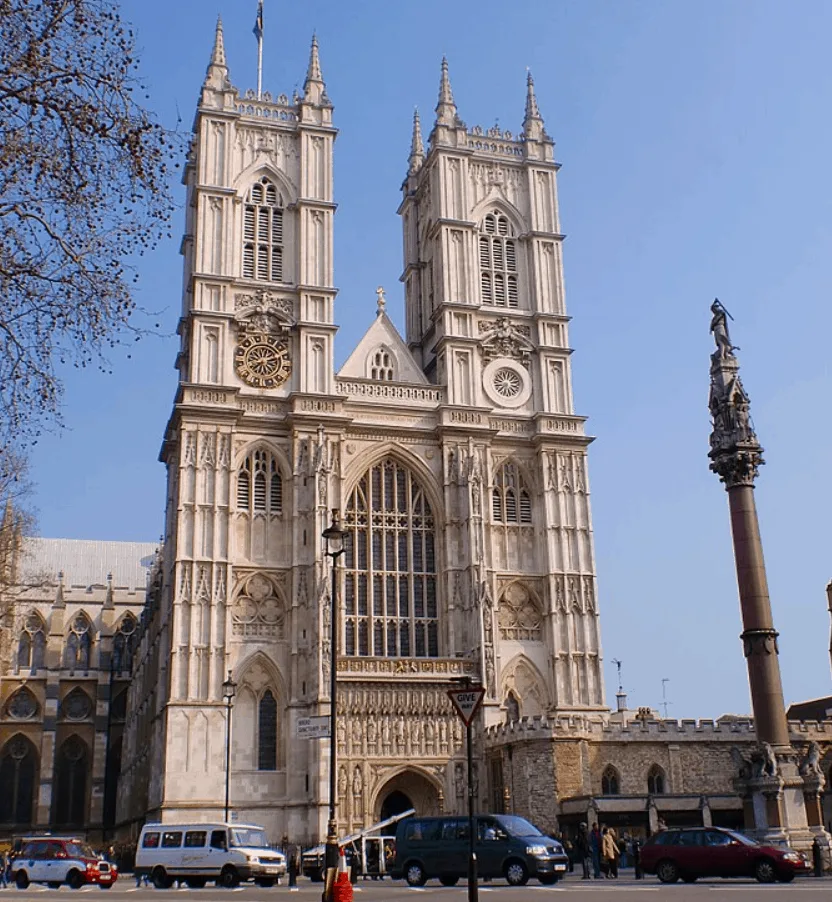This is one of the most famous churches in the United Kingdom, and one of the most important ones as well for multiple reasons.
In this post, you’ll discover the ultimate list of Westminster Abbey facts, a church in London with a very special status in the country.
1. It’s located in the city of Westminster
Westminster Abbey was originally known as the “Collegiate Church of Saint Peter at Westminster” and is located in the City of Westminster, a London borough just west of the historical center of the City of London.
Other famous landmarks in the area are Westminster Bridge, the Houses of Parliament with Big Ben, and further north one of the most famous squares in London, Trafalgar Square.

2. It dates back to the 10th century, and probably earlier
An old English tradition claims that the idea to build an abbey on the site came from a young fisherman who had a vision of Saint Peter on the site. This tradition resulted in the donation of salmon to the abbey once a year, which is still done by the Fishmongers’ Company today!
It’s possible that a church already existed on the site as early as the 7th century at the time of Mellitus, the first Bishop of London, but evidence about this fact isn’t available.
Most historians agree though that the abbey was conceived during the time of Saint Dunstan, another Bishop of London, and King Edgar, around the years 960 or 970. Around this time they established a community of Benedictine monks on the site.
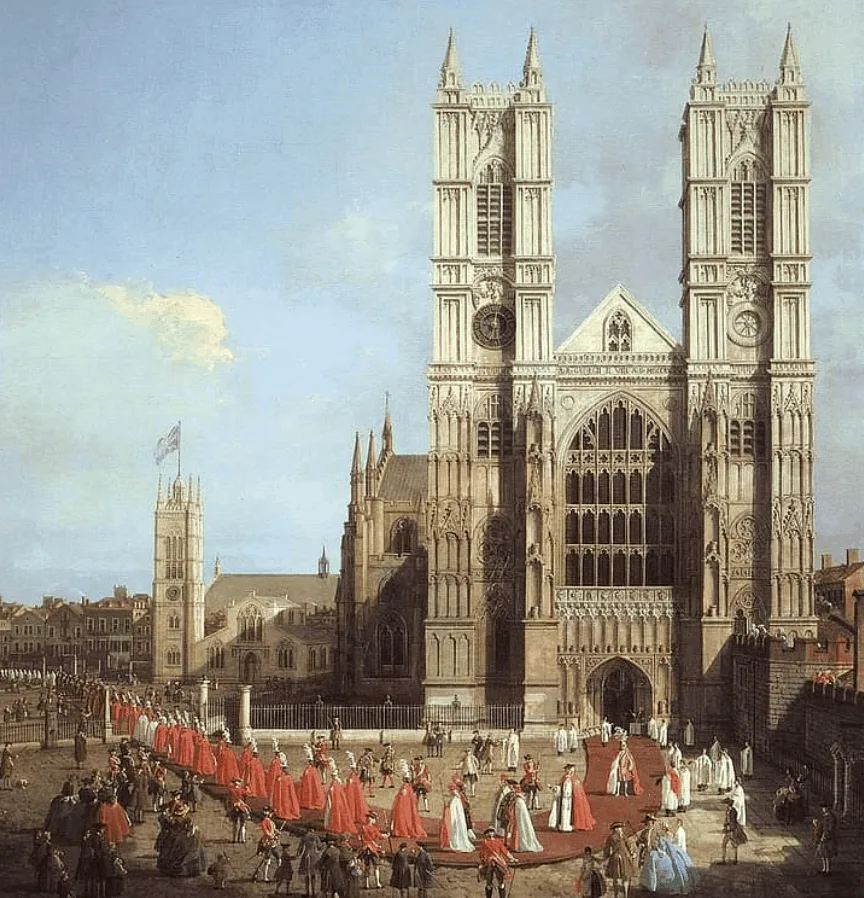
3. The abbey was turned into a church by Edward the Confessor
The existing abbey in the 11th century was expanded with a church hen Edward the Confessor, one of the final Anglo-Saxon Kings of England, thought the location would be a great place for him to be buried.
The construction of this project started in 1042 and even though the building was roughly finished around 1060, it wasn’t consecrated until December 28, 1065.
This was just in time because Edward passed away on January 5, 1066!
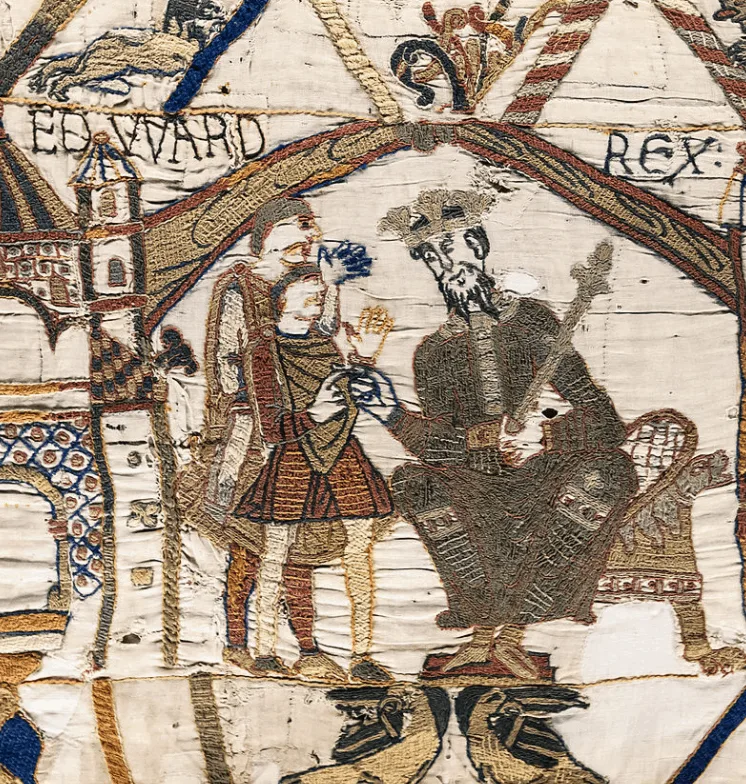
4. We kind of know how Westminster Abbey looked in the 11th century
One of the most interesting Westminster Abbey facts is that the original church that was built by Edward the Confessor halfway through the 11th century was the first church built in England in the Romanesque style.
What’s even more amazing is that we can actually see what this church looked like as it was included in a tapestry depicting the funeral of Edward the Confessor!
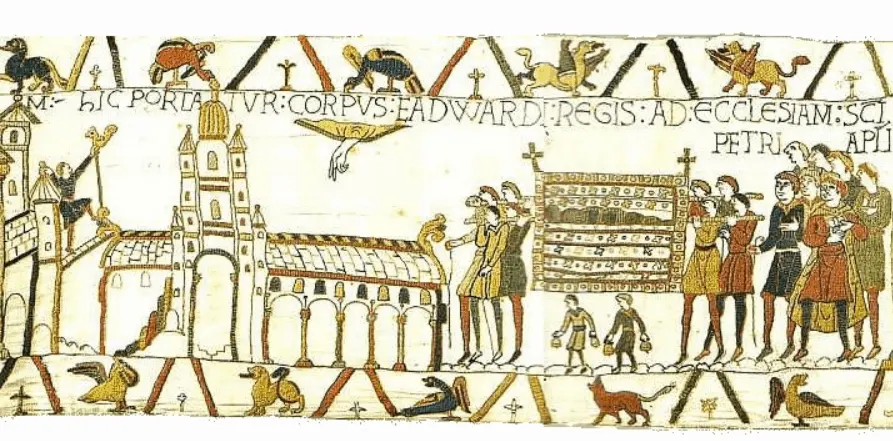
5. It’s referred to as “Britain’s Valhalla”
The Valhalla is an enormous and magnificent hall in Norse Mythology where half of the warriors who are chosen by the God Odin travel after they die in combat.
While most of the people buried at Westminster Abbey didn’t die in combat, the fact that over 3,300 people are buried here earned it its nickname “Britain’s Valhalla.”
People buried here are notable figures in English and British history, including 16 monarchs, 8 Prime Ministers, poets, actors, scientists, military leaders, and the Unknown Warrior, a nameless soldier from World War I.
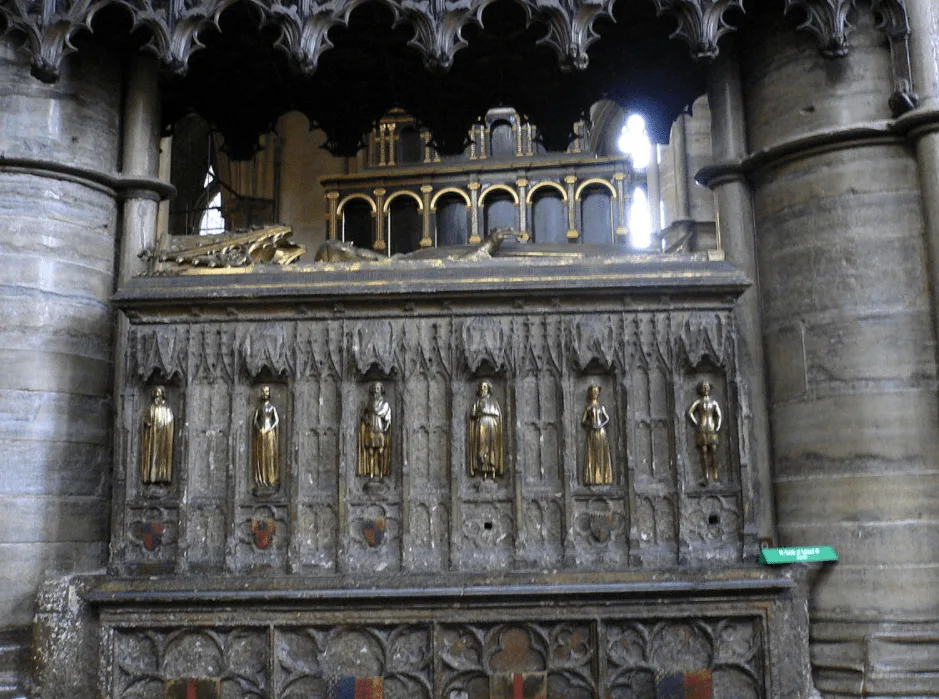
6. None of the Norman Kings were buried at Westminster Abbey
Another one of those remarkable Westminster Abbey facts is that being buried here didn’t become a tradition right away. None of the Norman Kings who succeeded Edward the Confessor are buried here.
The first King of England to be buried here again was Henry III in the 13th century.
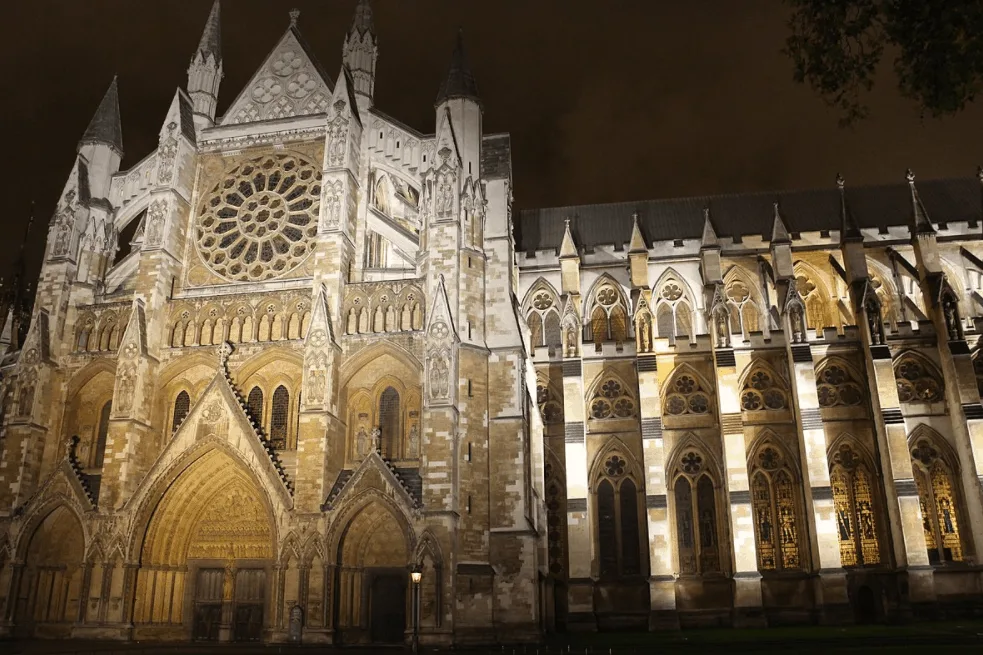
7. William the Conqueror started a famous tradition at Westminster Abbey
Another one of those important Westminster Abbey facts is that ever since the coronation of William the Conqueror in 1066, every English and British Monarch has been crowned here.
This means that this tradition has been ongoing for nearly 1,000 years!
That’s quite something, isn’t it?
8. It houses one of the most famous chairs in the world
So where are the British Monarchs crowned?
As the Royals who are about to become King or Queen are crowned, they sit on “Edward’s Chair,” a throne named in honor of Edward the Confessor which has been used during the coronation of British monarchs ever since the year 1308.
Before 1996, this chair also housed the “Stone of Scone” which was used to crown the monarchs of Scotland, but this has since been returned to Scotland and is now housed with the Scottish crown jewels at Edinburgh Castle.

8. Henry III commissioned the construction of the present church
Henry III appeared to be so devoted to Edward the Confessor that he commissioned the reconstruction of the abbey to serve as his tomb as well. Most parts of the present-day church date from this period and construction of the Gothic-style church began in 1245.
The first phase of the reconstruction was completed around the year 1260, meaning Henry III still witnessed this as he died on November 16, 1272.
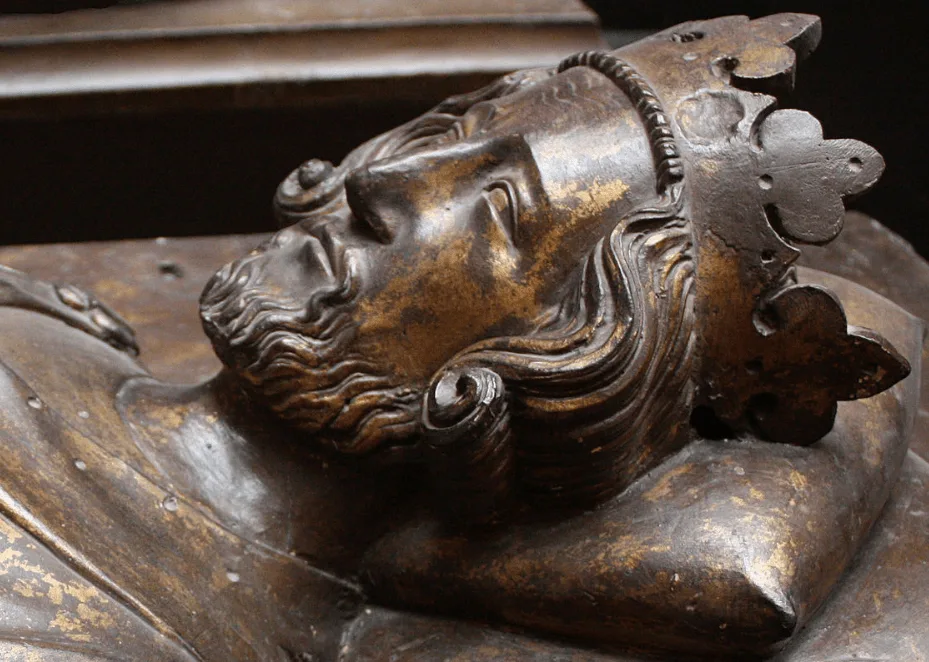
9. It was completed by a renowned English architect
While the first and second phases were completed in the 13th century, the church was far from complete. It wasn’t until the old Romanesque nave, which was still standing against the new building in the late 14th century, was pulled down that the final phase could commence.
Construction resumed in 1376 with renowned architect Henry Yevele completing the job during the reign of Richard II (1377-1399). Yevele is famously known for his work on the old London Bridge, the old Palace of Westminster, and the Tower of London.
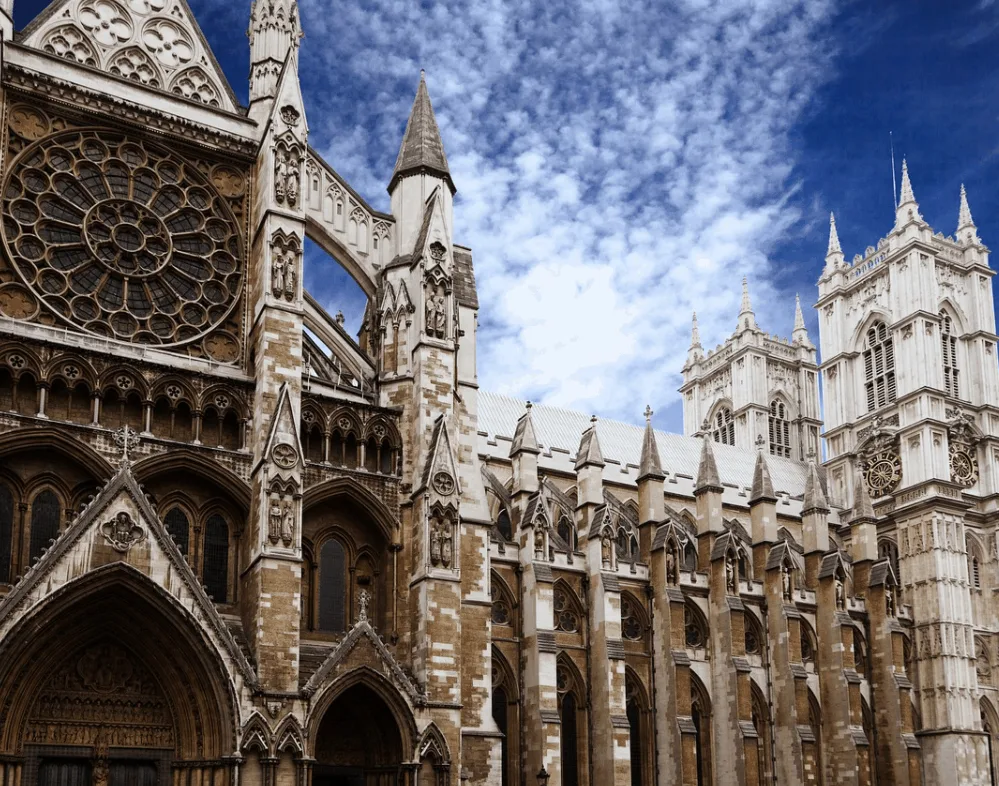
10. Stones were imported from France to build a famous Chapel
One of the most prominent additions to Westminster Abbey was the large Lady Chapel constructed by Henry VII in the early 16th century (built between 1503 and 1519), located at the eastern end of the Abbey.
This chapel is now simply referred to as the “Henry VII Chapel” and was built in the Perpendicular Gothic Style, the final style in English Gothic architecture, of which the chapel is a prime example.
One of the most fascinating Westminster Abbey facts is that the stones to construct the chapel were imported all the way from Caen and the Loire Valley in France, as well as the Isle of Portland!
The total cost of the chapel is estimated to have been around £20,000, which is the equivalent of over £20,700,000 today!
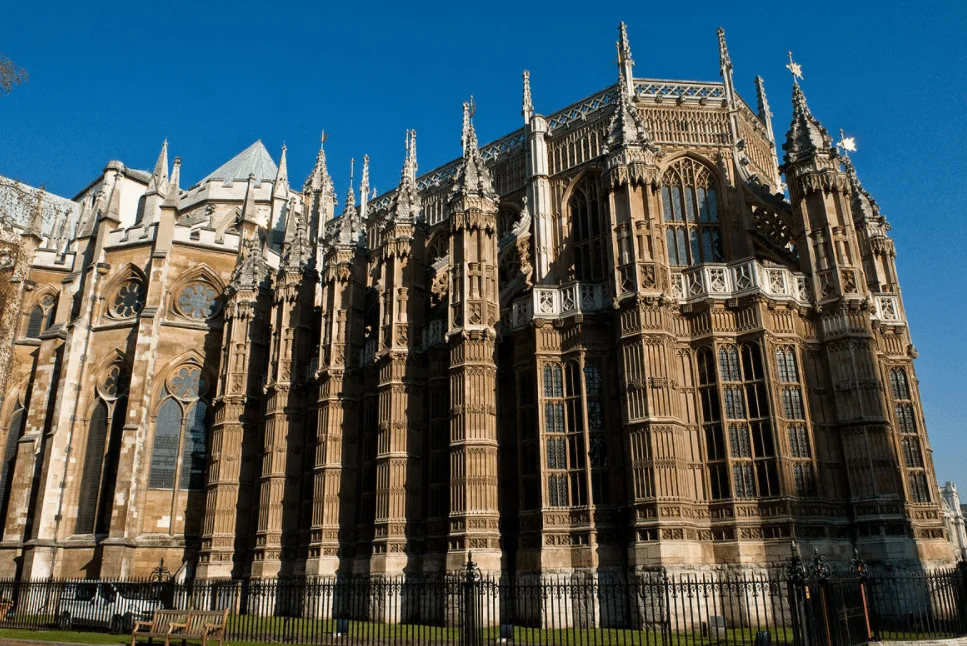
11. It briefly became a cathedral in the 16th century
Henry VIII has always been a peculiar figure in English history, and monasteries didn’t have a good time during his reign, culminating in the “Dissolution of the Monasteries” between 1536 and 1541.
In order to save Westminster Abbey, he issues patents to establish the Diocese of Westminster and to award cathedral status to Westminster Abbey.
It held this status for about 16 years between 1540 and 1556 and is neither a cathedral nor an abbey.

12. A famous phrase found a new life because of Westminster Abbey
It was during this period that the phrase “To rob Peter to pay Paul” came to life again as funds directed to Westminster Abbey, which was dedicated to Saint Peter, were used to fund restoration works for Saint Paul’s Cathedral.
The term was already used in the late 14th century but there have been very few cases that which it could be used so accurately!

13. Westminster Abbey’s famous towers were built in the 18th century
The most prominent feature of Westminster Abbey today is its two western towers. These were constructed between 1722 and 1745 in the Gothic Revival Style.
This simply means that before the 18th century, Westminster Abbey looked completely different than it does today!
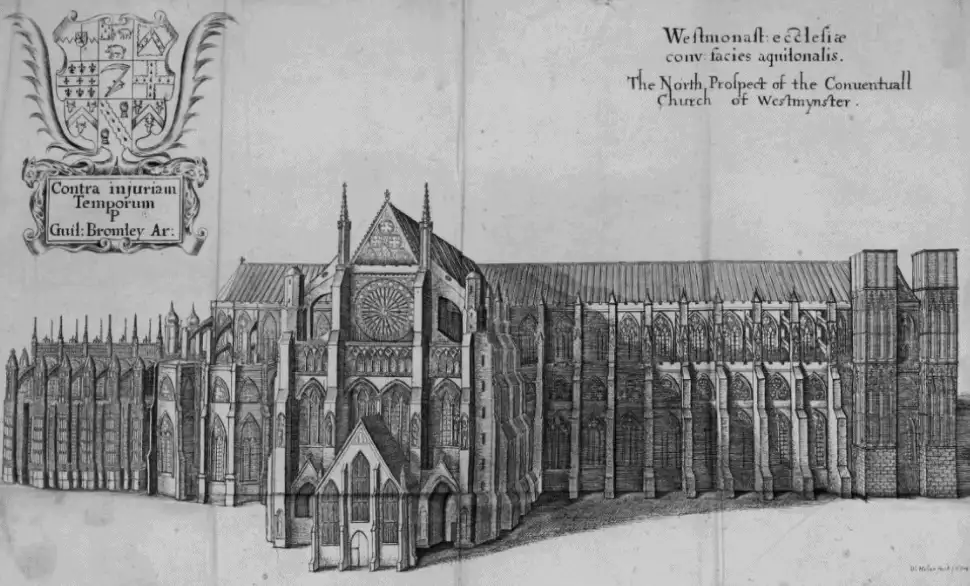
14. The Pyx Chamber dates back to the 11th century
So does anything from the old days still stand?
The Pyx Chamber was the undercroft of the monk’s dormitory and dates back to the 11th century. This means it’s the oldest structure still part of Westminster Abbey.
Together with the Chapter House, which has windows dating back to the same period as those at Sainte Chapelle in Paris, The Pyx Chamber is in the guardianship of English Heritage.

15. Westminster Abbey is one of London’s most popular tourist attractions
Westminster Abbey is a “Royal Peculiar,” which means a church of England that doesn’t fall under the jurisdiction of the diocese it’s located but is subject to the direct jurisdiction of the monarch.
That’s why a new section was opened in time for the Queen’s Jubilee and opened to the public in June 2018. The Queen’s Diamond Jubilee Gallery, which is located in the 13th-century triforium high up near the nave, has artifacts on display covering the entire 1,000-year history of the church and abbey!
This makes it one of London’s most popular landmarks and tourist attractions, which welcomes over 1.5 million visitors every year!
